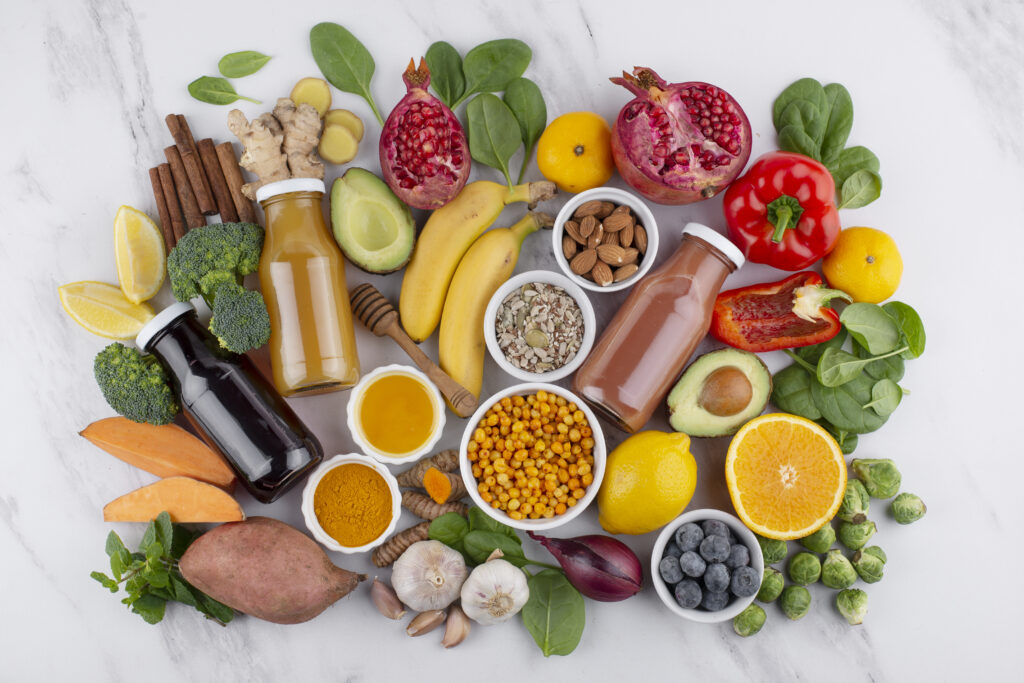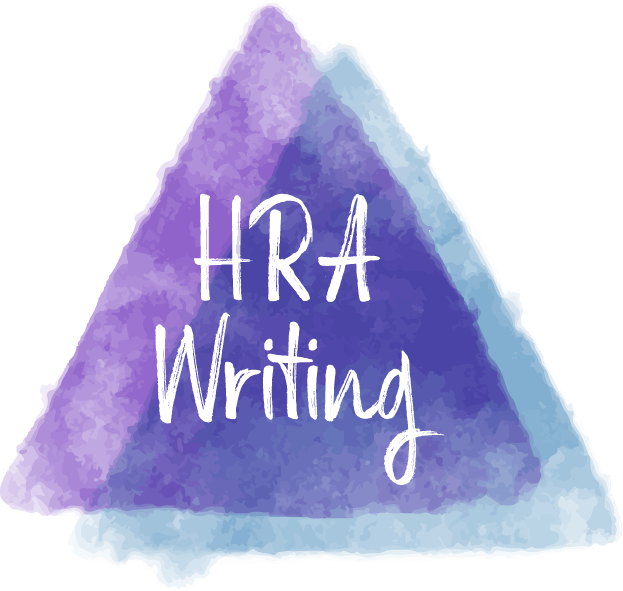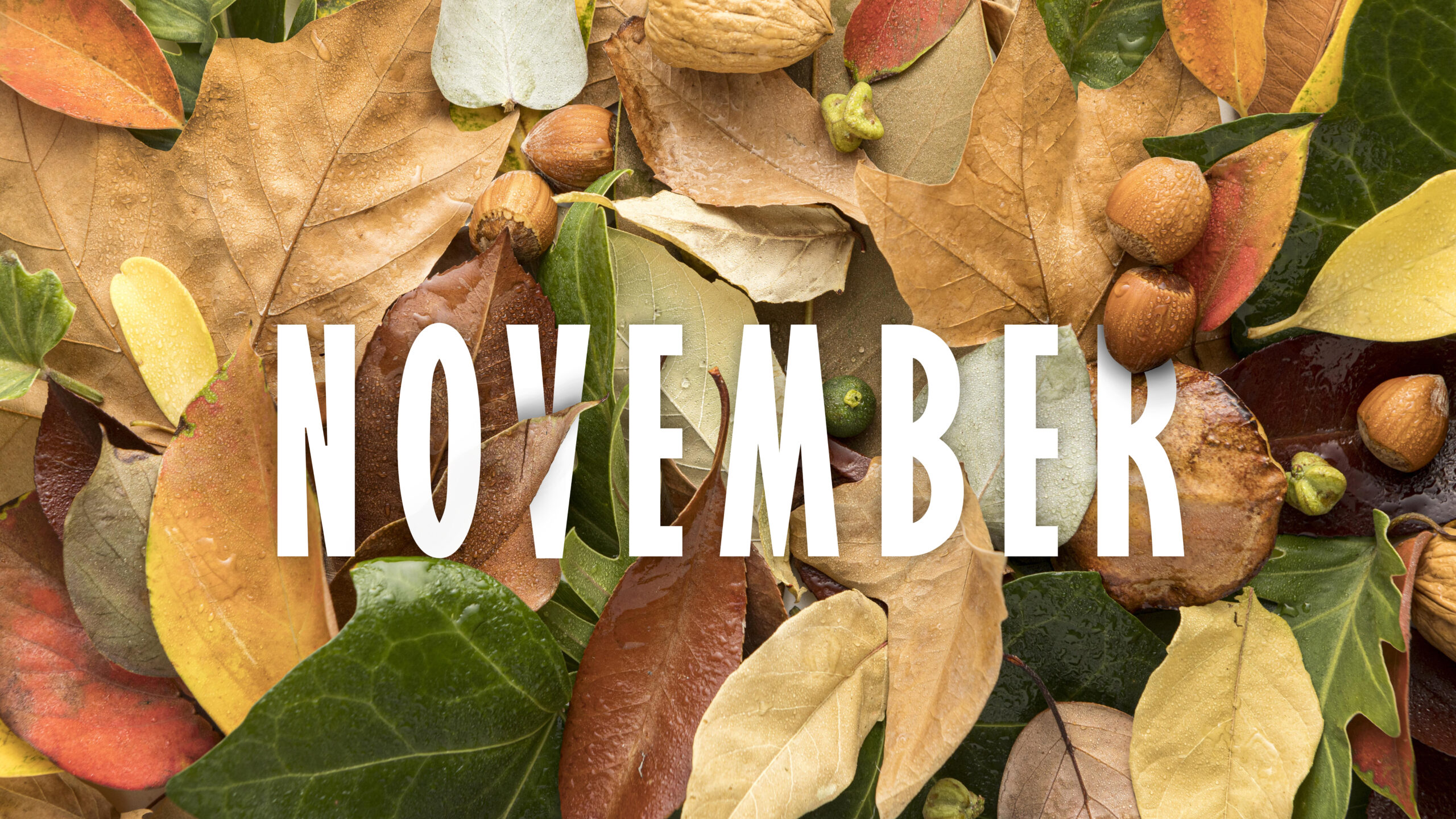As the chill of November sets in and the holiday season begins, health and wellness become top priorities for many people.
From managing stress and staying healthy during the colder months to boosting immunity and practising mindful eating, there are plenty of health topics to explore during this transitional period. For writers in the health and wellness space, November offers a unique opportunity to create content that resonates with readers seeking advice on staying well during the end-of-year rush.
In this post, I’ll discuss some timely and relevant health topics to cover in November that will engage and inform your audience. Whether focusing on physical health, mental wellbeing, or seasonal tips, these ideas can help inspire your next blog or article.
Managing Stress During the Holiday Season

The holiday season, while often filled with joy and celebration, can also bring an increased level of stress for many people. As November unfolds and the pressure of family gatherings, financial obligations, and social events builds, it becomes more crucial than ever to focus on mindfulness and stress management. Writing about managing stress during the holiday season is especially relevant in November as many individuals start preparing for Thanksgiving (in the U.S.) or other end-of-year celebrations, making it the ideal time to provide tips that can ease holiday anxiety.
Why is this topic relevant in November?
The holiday season can be a stressful time for a variety of reasons:
- Family Conflicts: The holidays often bring family members together, sometimes causing unresolved issues to resurface, which can lead to arguments and increased tension.
- Financial Pressure: November kicks off the shopping season, from Thanksgiving and Black Friday deals to Christmas and New Year’s expenses, making it a time when many people feel the strain of overspending.
- Social Obligations: Between office parties, family gatherings, and social events, the holiday calendar can become overwhelming, especially for those who struggle with social anxiety or introversion.
Addressing these challenges in a blog post can help readers anticipate stressors and implement strategies to remain calm and present. Offering advice on mindfulness, such as breathing exercises, meditation, or prioritising self-care, is a timely way to equip your audience with tools to navigate the holidays more peacefully.
When is the best time to post this?
For U.S. readers, it’s best to post this content before Thanksgiving (late October to mid-November). Thanksgiving is a key stress point for many, so providing strategies ahead of time can allow them to prepare mentally and emotionally.
For non-U.S. audiences, posting this content in early December is ideal, just before the peak of holiday celebrations. This will give readers ample time to apply stress-relief techniques before the rush of Christmas and New Year’s events.
Who is this topic suitable for?
This topic is highly versatile and can be tailored for a range of clients or audiences:
- Pharmacies: Pharmacies can use this content to link to products that help with stress management, such as herbal supplements, essential oils, sleep aids, or vitamins that support mood and relaxation.
- Healthcare Providers: Doctors or mental health professionals can share this information as part of patient education, offering holistic advice on how to manage holiday-induced stress alongside medical guidance.
- Wellness Brands: Businesses that focus on mindfulness products, meditation apps, or stress-relief tools can create educational content that also highlights their products.
By focusing on the stressors people commonly face during the holiday season and offering actionable tips, this post can provide real value, helping your audience enjoy the festivities without feeling overwhelmed.
Immune-Boosting Foods and Supplements for the Winter Months

As the winter months approach, our immune systems face extra challenges from seasonal illnesses like colds, flu, and other respiratory infections. Many people begin to focus on boosting their immunity through diet and supplementation, making November the perfect time to share information on immune-boosting foods and supplements. Offering advice on how to strengthen the body’s defences naturally can help your audience prepare for the winter ahead, making this a highly relevant and valuable topic to cover during this time of year.
Why is this topic relevant in November?
November marks the beginning of colder weather, which brings an increased risk of illness. The change in temperature often leads to the spread of colds and flu as people spend more time indoors and germs are more easily transmitted. Additionally, the body’s vitamin D levels tend to decrease due to reduced sunlight exposure, which can further weaken the immune system.
Focusing on immune-boosting foods, such as citrus fruits (rich in vitamin C), leafy greens, and fermented foods that support gut health, can help readers improve their natural defences. Highlighting supplements like vitamin D, zinc, and echinacea provides additional strategies to support immune health during the winter. By encouraging people to take care of their immune systems proactively, you can help them reduce their risk of seasonal illness.
When is the best time to post this?
Unlike holiday-related stress topics, there’s no specific day to post content about immune-boosting foods and supplements. However, November is an ideal time to introduce this topic as it allows readers to strengthen their immunity before winter illnesses peak. Posting in early to mid-November ensures your audience can act before flu season hits its height, allowing them to build up their defences.
Who is this topic suitable for?
This topic can appeal to a wide range of clients in the health and wellness space:
- Pharmacies: Pharmacies can link this content to products such as vitamin C, zinc, elderberry, and multivitamins that support immune health. They can also promote immune-boosting herbal teas or probiotics as part of a holistic wellness plan.
- Healthcare Providers: Doctors and nutritionists can share immune-boosting advice with their patients, focusing on the importance of nutrition and supplementation during flu season. This content can also serve as patient education material for clinics.
- Health and Wellness Brands: Companies that sell vitamins, supplements, or healthy foods can feature this content to align with their product offerings and guide consumers in building stronger immune systems.
By providing readers with practical tips on how to strengthen their immunity naturally through both diet and supplementation, this post can be a helpful resource during the winter months, particularly as people look to protect themselves from common seasonal illnesses.
How to Balance Holiday Treats with Healthy Habits

The holiday season is filled with delicious treats, festive meals, and increased opportunities to indulge in sweets and alcohol. While these special foods and drinks are part of the joy of the season, they can also make it challenging to stick to healthy habits. Writing about how to balance holiday indulgences with wellness goals in November can provide valuable insights to help readers enjoy the season without feeling guilty or compromising their health.
Why is this topic relevant in November?
November is the start of a long stretch of festive occasions, beginning with Thanksgiving and leading into Christmas and New Year’s. This time of year often includes rich, calorie-dense meals, an abundance of sugary desserts, and a spike in alcohol consumption during social gatherings. For many, this can result in overeating or drifting away from healthy habits, leading to weight gain, digestive issues, or a dip in energy levels.
Helping your readers find ways to balance their enjoyment of holiday foods with mindful eating, portion control, and healthier alternatives is especially relevant as they start planning for these celebrations. By offering tips on how to indulge without overdoing it, you can help people stay on track with their wellness goals while still savouring the season’s treats.
When is the best time to post this?
Post this content before Thanksgiving in the U.S. (mid to late November) so that readers can begin implementing strategies as the holiday season kicks off. For audiences outside the U.S., posting in early December works well, as people will be gearing up for Christmas parties and year-end celebrations.
This timing ensures your readers have the tools and knowledge to make mindful choices from the start of the festive season rather than trying to course-correct after indulgences have already taken place.
Who is this topic suitable for?
This topic is well-suited for a variety of clients in the health and wellness field:
- Pharmacies: Pharmacies can promote products such as digestive aids, healthier snack alternatives, or supplements that support metabolism or liver health, encouraging balance during indulgent times.
- Nutritionists/Health Coaches: Nutritionists or health coaches can offer this content to help clients maintain a balanced approach to holiday eating. This can include practical tips on portion control, moderation, and incorporating nutrient-rich foods into holiday meals.
- Fitness and Wellness Brands: Fitness centres or wellness brands can share this content as part of their holiday campaigns, encouraging members to stay active and make mindful food choices during the holidays, without resorting to restrictive diets.
By addressing the common concern of balancing indulgence with healthy habits, this content can offer readers practical strategies to enjoy holiday celebrations while staying in line with their wellness goals.
Preparing for Seasonal Affective Disorder (SAD) and Mental Health Tips

As the days grow shorter and temperatures drop, many individuals start to feel the effects of Seasonal Affective Disorder (SAD) – a type of depression that occurs at the same time each year, usually in the winter months. Writing about how to prepare for and manage SAD is particularly relevant in November, as this is when symptoms often begin to manifest. Offering mental health tips and strategies to combat the emotional impact of the season can help readers safeguard their mental wellbeing during the colder months.
Why is this topic relevant in November?
November marks the transition from fall to winter, with colder temperatures, shorter days, and reduced sunlight – factors that can trigger SAD for many people. These changes can lead to symptoms such as low energy, difficulty concentrating, changes in sleep and appetite, and feelings of sadness or hopelessness.
As people prepare for the winter months, they may begin to notice a dip in their mood or mental health. This makes November the perfect time to provide educational content on recognising the signs of SAD and offering strategies to prevent or manage its effects. From light therapy and vitamin D supplementation to encouraging physical activity and mindfulness practices, this topic provides timely and helpful advice.
When is the best time to post this?
While there isn’t a specific day to post about SAD, the best time to share this content is early November, as the change in weather and daylight hours starts to impact people. Posting before the onset of winter ensures that readers are informed and prepared to take steps to mitigate SAD symptoms before they fully set in.
Who is this topic suitable for?
This topic is ideal for patient education and can be valuable for a variety of audiences:
- Healthcare Providers: Doctors, therapists, or mental health professionals can share this content as part of their patient education efforts, providing insights into how to recognise and manage SAD.
- Pharmacies: Pharmacies can use this content to promote products that support mental health during winter, such as light therapy lamps, vitamin D supplements, or mood-boosting herbal remedies.
- Mental Health Organisations: Mental health organisations or counselling centres can use this topic to raise awareness about SAD and offer guidance on available resources, including therapy, support groups, or wellness programs.
By providing readers with practical mental health tips and proactive strategies to prepare for the effects of SAD, this post can help them feel more in control of their wellbeing as winter approaches.
Book a Call
Love these content ideas but can’t find the time to write them? Or maybe you’d like a bespoke content plan for the months ahead? Let me handle the writing while you focus on growing your business – get in touch today! Email me or book a free discovery call to chat about how I can support your project – no strings attached.
If you’ve found this useful, feel free to fuel my caffeine addiction at Ko-fi

